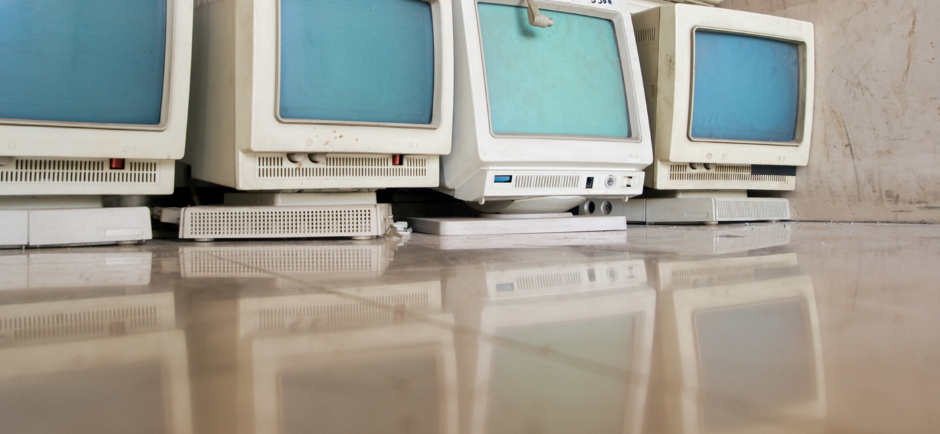June may be the month for the Queen’s Jubilee, but the 1950s also brought huge advancements for technology.
By the end of the decade, television had become the mainstream source of entertainment – replacing newspapers and radio as the go-to; 2,500 miles of phone lines had been placed on the floor of the Atlantic and the first commercial computers went on sale in the US.
Computing in the 50s
The first commercial computer The UNIVAC 1 (Universal Automatic Computer) was actually a powerful calculator. The size of a small bedroom (7ft x 9ft) it was Operated by 5000 vacuum tubes and could store 1000 words.
The computer worked with the A-O system devised by British mathematician Grace Hopper. This system meant that real words could be used to create instructions, instead of numbers.
Scientists at the time predicted that by the year 2000 fifty of these would be in use around the world!
Many people found the idea of computers having a place in their daily lives a terrifying and unbelievable prospect. Their power and reliability was also seriously doubted – in fact, when CBS used a computer to tally votes in the 1952 Presidential election they refused to have faith in the prediction the machine gave them. Once all the ballot papers had been tallied a few days later they had to admit that UNIVAC had predicted the same outcome after hours – not days.
In 1952 IBM released its IBM 726 magnetic tape for inexpensive mass storage of information. The system could store 2million digits per tape and the unique ‘vacuum channel’ loop method allowed the tape to be started and stopped in a split-second. The forerunner to the VHS and data storage systems of today.
1952 was also the year of the first computer game! Cambridge University PhD candidate Alexander Douglas designed a version of ‘Naughts and Crosses’ (tic-tac-toe) called OXO.
The game was played on Cambridge’s EDSAC computer and allowed a player to choose to start or to allow the machine to make the first move. The game board was displayed on a 35 x 15 dot cathode ray tube and a rotating phone dial was used to choose the play. Few outside of Cambridge ever played OXO.


